Insulation Tips
Underfloor Insulation: It Works, and It’s Worth Its Weight in Gold
Does Underfloor Insulation Work?
Underfloor insulation is made of materials that are highly effective at slowing down the transfer of heat energy. Without insulation in your floors, heat will be able to travel through your flooring material without much resistance. This makes it difficult to keep your home at a comfortable temperature, especially if it’s particularly hot or cold outside. When you install insulation inside your home, it helps slow down the flow of heat, keeping indoor temperatures more comfortable. Insulation also helps your air conditioner and heater operate more efficiently and effectively. To work properly, underfloor insulation needs to be installed correctly. It’s also important to choose the right R-Value based on the climate and local building code regulations. Read more about the science behind insulation: How does insulation work?Is Underfloor Insulation Effective?
According to Your Home, the Australian government’s guide to sustainable homes, installing premium underfloor insulation in your home can reduce energy usage by 10% to 20%. In other words, the right floor insulation could potentially reduce your energy bills by 10% to 20%. Home insulation is a long term investment which can pay itself back in around 3 to 5 years. Modern insulation products are designed to last the lifetime of a home and many popular brands such as CSR Bradford and Knauf Earthwool come with warranties of 50 years or more.Does Your Home Need Underfloor Insulation?
Most homes need underfloor insulation, including homes with suspended timber floors, suspended concrete floors and concrete slabs on the ground. For concrete slabs in contact with the ground, the best time to install insulation is during construction. Foilboard Slabmate and Slabmate Pro underslab insulation are popular products for this purpose. Most suspended floors can be insulated during construction or as a retrofit in existing homes. Signs you need underfloor insulation in your home:- You experience big fluctuations in temperature throughout the day or struggle to keep your home comfortable even with the air conditioner or heater on.
- You feel air draughts through the floor.
- You’ve got floorboards that are noisy to walk on – underfloor insulation will help deaden the sound of foot traffic, giving your floorboards a more solid feel.
- Your floorboards, tiles or vinyl flooring is damaged – add underfloor insulation while you’re replacing your flooring to save on installation costs.
- You live in an old home – or your existing insulation is damaged and no longer effective.
Reasons to Invest in Underfloor Insulation
Underfloor insulation offers many benefits for both new builds and older homes. Reasons to invest in underfloor insulation include:- Better temperature regulation in your home – achieve more comfortable indoor temperatures all year round.
- Prevents air draughts – stop unwanted heat loss and gain due to air draughts.
- Financial savings – proper floor insulation could reduce your power bill by up to 20%.
- Improved energy efficiency – your air conditioner and heater won’t have to work as hard and will use less electricity.
- Reduced environmental impact – underfloor insulation is an important part of passive home design and a great way to reduce your carbon footprint.
- Acoustic benefits – underfloor insulation can help reduce sound transfer, improve sound quality and maintain privacy in your home.
- Easy to install – in many houses underfloor insulation can be installed as a DIY project.
- Lifelong investment – modern underfloor insulation products are designed to last the lifetime of your home, which means you can keep saving long into the future.
Does Underfloor Insulation Work in Summer AND Winter?
Yes, absolutely. Thermal insulation works both ways. When the weather is hot, insulation will prevent the heat outside from creeping into your home. When the weather is cold, insulation will prevent the warmth inside your home from escaping outside. When you invest in underfloor insulation, you’re investing in a year-round solution to better temperature regulation and energy efficiency.Can Underfloor Insulation Cause Problems?
When thinking about whether floor insulation is worth it for their house, many people wonder if it will cause problems with moisture. Common questions include:- Can under floor insulation cause dampness?
- Can too much insulation cause condensation?
- Can too much insulation cause mould?

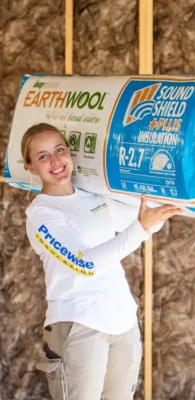
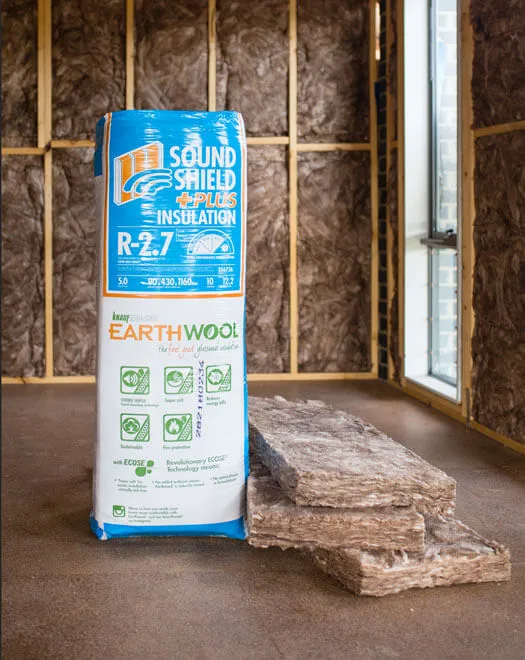
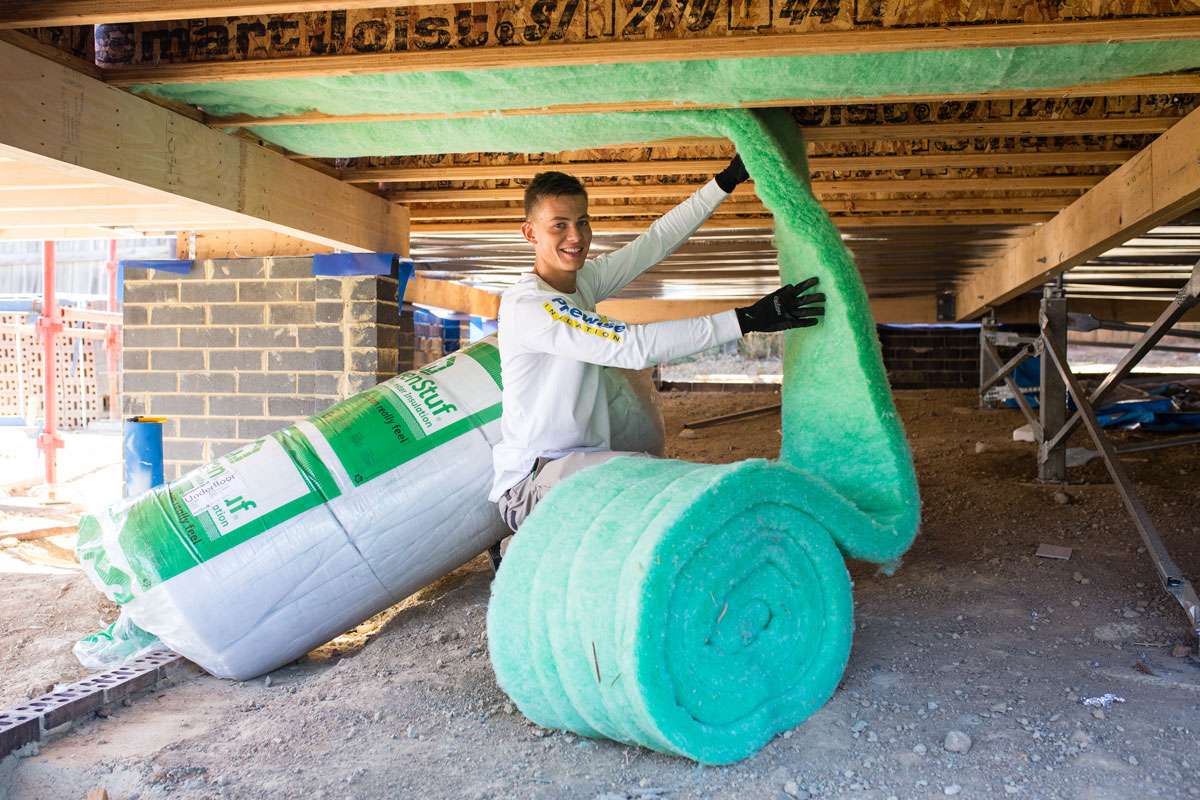
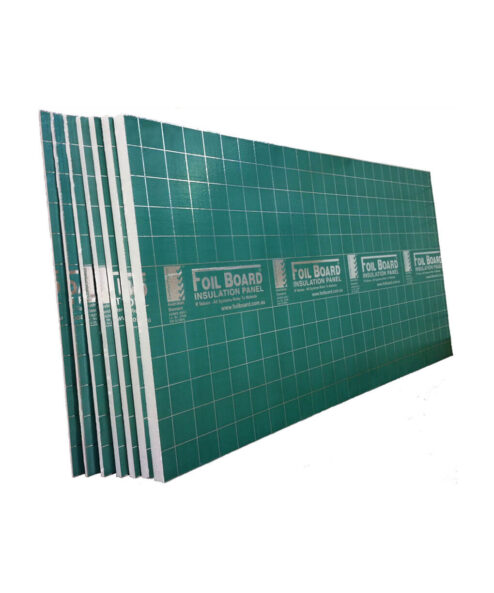
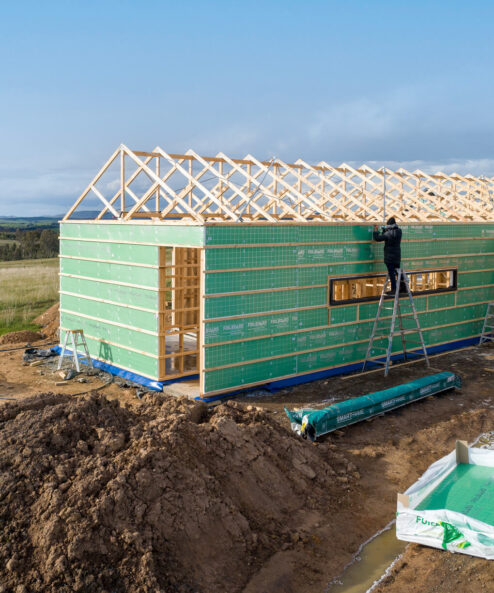
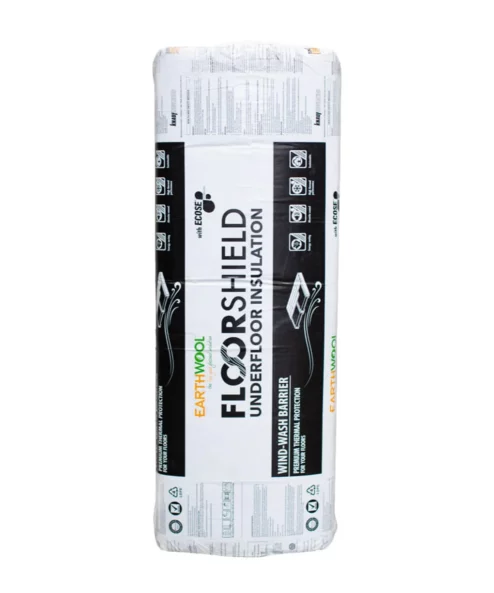
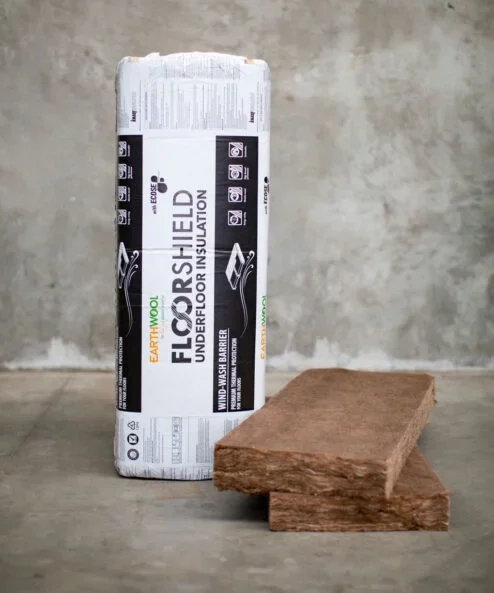
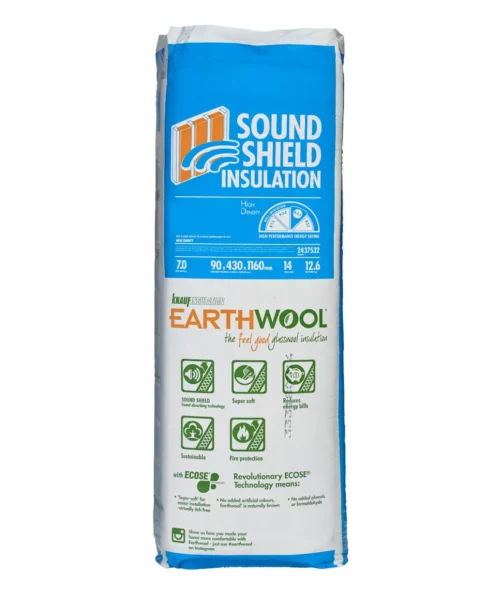
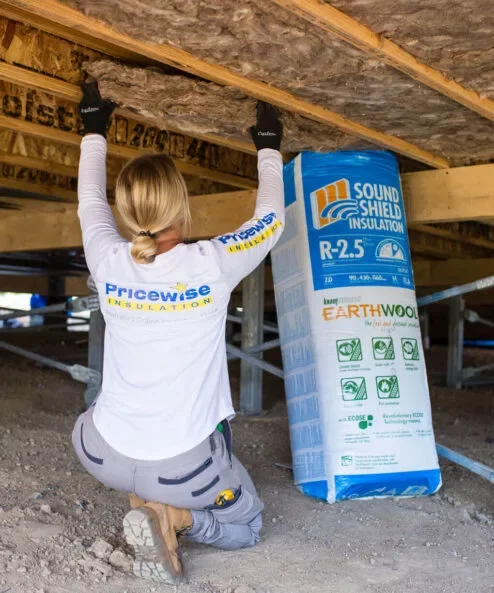
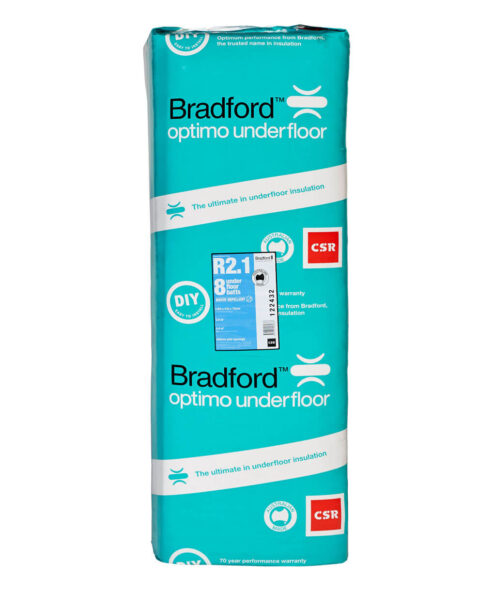
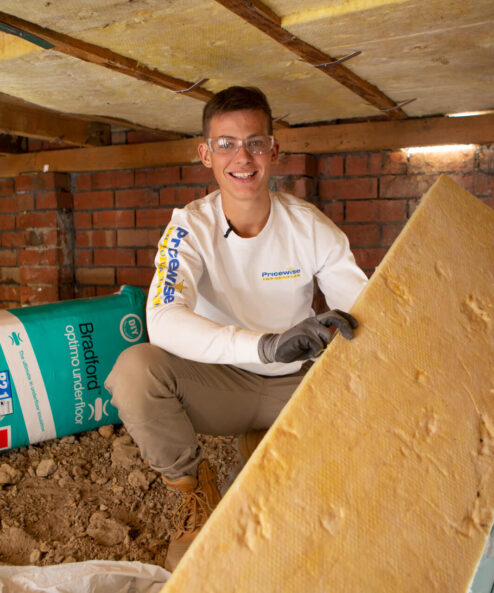
Wow! Can you make some more of this? I like it a lot. Thank you.
I am insulating the walls on my own, I an thinking the green foil will do the job and be easier to handle independently. What are your thoughts?
Hi Susan,
Thanks for your question! Installing wall insulation batts is a fairly easy process that doesn’t require any prior experience. You can watch our video on how to install wall insulation batts here: https://www.youtube.com/watch?v=09kR5HkoOUg. Foilboard Insulation or foil wall wrap is usually installed in addition to insulation batts. If you want to achieve an optimal R-value then we would recommend a combination of foil insulation and wall insulation batts.
Feel free to give our team a call on 1300 729 639 if you have any further questions.
Cheers!
Christa
Hi there I’m looking at insulating under my existing timber floor boards and need to know what would be the best product to install
Hi Chris,
Thanks for your question. We typically recommend R2.0 or R2.5 Autex GreenStuf Polyester Insulation, but this product is only manufactured and sold in Victoria. Another option is R2.5 Knauf Earthwool FloorShield Underfloor Insulation Batts. Feel free to contact our team on 1300 729 639 if you have any further questions.
Cheers,
Christa
A real pity the Greenstuff is not sold in NSW. Very frustrating. Don’t want Knauf. Why ship something from Europe when we should be recycling and producing here in Aus?
I did all my research and decided on Greenstuf and now find I can’t get it. Why is it not sold in NSW and are there any plans to let us onto the team?
Hi Kay,
Thanks for your comment. Autex has slowly phased out Greenstuf Insulation in NSW, QLD and WA in order to focus on their commercial polyester range. If you are looking for high quality, locally produced polyester insulation then we can recommend Bradford Polymax. This brand is available in NSW, although stock is very limited at the moment. Please email nsw@pricewise.com.au or call (02) 8599 4562 to check stock availability.
Cheers,
Christa
We live in an old home on stumps with timber floors. We know we need to insulate under our floors, but are worried about creating a pest haven in the insulation eg carpet snakes, rats, mice etc. any suggestions on how to minimise or avoid this?
Hi Nat,
Thanks for your comment. Neither glasswool nor polyester insulation attract vermin, so you should be OK with either of these options.
There are also companies that can spray foam insulation to the underside of the floor. This would be the best option but costs a bit more.
Please don’t hesitate to contact our team on 1300 729 639 or via email at sales@pricewise.com.au if you have any further questions.
Cheers,
Christa
Hello. Do you need a windproof membrane for insulation under the floor?
Hi Jurij,
This really depends on the design of your home. If you live in a brick veneer house that has its subfloor area bricked in, the extra efficiency gained from a windproof barrier would be limited. However, if the subfloor is exposed to drafts, installing a windproof barrier under your floor insulation will help assist with the performance of its R-value, as well as help reduce drafts in your home.
Feel free to reach out if you need any further assistance! Please call 1300 729 639 or email sales@pricewise.com.au.
Warm regards,
Felicity
Hi there, I’m retrofitting underfloor insulation by installing from my subfloor. I’ll likely use earthwool floor shield or bradford’s optimo underfloor product. Our subfloor is ventilated so lots of airflow, I think I need a wind barrier? Any recommended products please? I also gather I may need a vapour barrier? Any recs? I guess one product should do both? I gather there’s some foil insulation that would also add R value, but could you recommend a cheaper, barrier.-only product too please? Thanks!
Hi Tim,
Thanks for your comment!
Is your house weatherboard or brick? If it’s brick, both types of insulation would work well on their own, as Floorshield has a wind barrier and Optimo is a very dense product. However, if there’s a lot of wind blowing under the house, installing a vapor-permeable membrane as a breathable foil wrap would certainly help stop the negative effects of wind-washing and ensure the insulation performs at its stated R-value.
Currently renovating a laundry. Floor joists completely accessible from above. Crawlspace underneath this part of a weatherboard house on concrete stumps is only around 300mm. What do you suggest in Victoria before laying yellow tongue and cement sheet, if anything? No apparent moisture issues
Hi Helen,
Thanks for your comment!
The easiest option to install, if your floor joists are fully accessible, is polyester underfloor insulation. This product comes in rolls and can be secured to the joists using heavy-duty staples. It’s available in a variety of R-values, ranging from R2.5 to R4.0, making it a versatile choice for different needs.